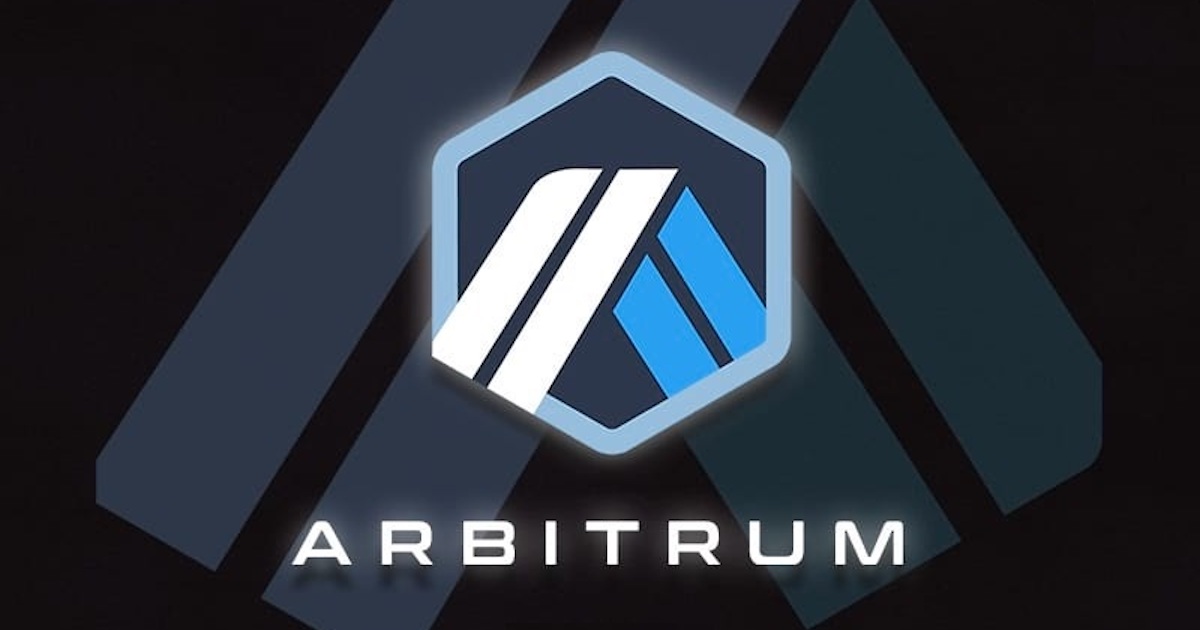Introduction
Arbitrum, a Layer 2 scaling solution for the Ethereum blockchain, has emerged as a key player in addressing scalability issues and high transaction fees. Developed by Offchain Labs, Arbitrum aims to enhance the performance of Ethereum by providing a more efficient and cost-effective platform for decentralized applications (DApps) and smart contracts. This article explores the foundational aspects of Arbitrum, its unique features, and its impact on alleviating scalability concerns within the Ethereum ecosystem.
The Scalability Challenge on Ethereum
1. Congestion and High Fees:
- Ethereum, while pioneering the smart contract and DApp space, has faced challenges related to network congestion and high transaction fees. As the popularity of decentralized applications grew, the limitations of Ethereum’s Layer 1 became more pronounced.
2. Layer 2 Solutions:
- Layer 2 solutions, such as Arbitrum, aim to address these challenges by creating an additional layer on top of the Ethereum blockchain. These solutions facilitate faster and cheaper transactions by processing most transactions off-chain while leveraging the security of the Ethereum mainnet.
Key Features of Arbitrum
1. Optimistic Rollup Technology:
- Arbitrum employs Optimistic Rollup, a Layer 2 scaling solution that allows for faster and more cost-effective transactions. The technology processes transactions off-chain but relies on the Ethereum mainnet for security and finality.
2. Seamless Ethereum Compatibility:
- Arbitrum is designed to be fully compatible with existing Ethereum smart contracts and infrastructure. This compatibility allows developers to easily migrate their projects to Arbitrum, maintaining interoperability with the broader Ethereum ecosystem.
3. Reduced Gas Fees:
- By offloading most transactions to Layer 2, Arbitrum significantly reduces the gas fees associated with on-chain transactions on the Ethereum mainnet. This makes DApp interactions more affordable for users and encourages broader adoption.
Arbitrum in Action
1. DApp Migration:
- Several decentralized applications and projects have migrated to Arbitrum to take advantage of its scalability benefits. This migration not only reduces transaction costs but also enhances the overall user experience.
2. Improved User Experience:
- Users interacting with DApps on Arbitrum experience faster transaction confirmations and lower fees compared to the Ethereum mainnet. This improved user experience contributes to a more seamless and accessible decentralized environment.
Challenges and Future Developments
1. Adoption and Integration:
- The success of Arbitrum depends on widespread adoption by developers and DApps. Continued efforts to integrate with existing projects and attract new ones will be crucial for its long-term viability.
2. Security Considerations:
- While Optimistic Rollup provides significant benefits, ensuring the security and integrity of transactions on the Layer 2 solution is paramount. Ongoing efforts to address any potential vulnerabilities and maintain a high level of security will be essential.
Conclusion
Arbitrum’s role as a Layer 2 scaling solution signifies a pivotal step in the evolution of Ethereum and decentralized applications. By addressing the scalability challenges that have hindered Ethereum’s growth, Arbitrum contributes to a more sustainable and user-friendly blockchain ecosystem. As the Ethereum community embraces Layer 2 solutions like Arbitrum, the broader landscape of decentralized finance, gaming, and other applications is poised to benefit from improved scalability and affordability.
you are referring to a specific token called “ARB” and you want to check its availability on Binance, you can follow these general steps:
- Visit the Binance Website:
- Log In or Sign Up:
- If you already have a Binance account, log in using your credentials. If you don’t have an account, you’ll need to sign up and complete the registration process.
- Navigate to the Trading Platform:
- After logging in, go to the “Trade” or “Markets” section on Binance. This is where you can view the available trading pairs.
- Search for the Token:
- Use the search bar to find information about the specific token you are interested in (in this case, “ARB”). Enter the token’s symbol or full name to see if it’s listed on Binance.
- Check the Trading Pairs:
- If the ARB token is available on Binance, you will see the trading pairs associated with it. Look for the pair that suits your needs (e.g., ARB/BTC, ARB/USDT).
- Place a Trade:
- Once you have selected the trading pair, you can place a trade to buy ARB. Enter the amount you want to buy and review the order details before confirming.
Please note that the availability of specific tokens on exchanges can change, and it’s crucial to verify the information on the official Binance platform. Additionally, if “ARB” refers to a different project or token, you may want to provide more details or check the official channels of the specific token for the latest information.
Always exercise caution when trading and ensure that you are using the official and secure Binance website. Be aware of potential scams and verify information from trusted sources.
